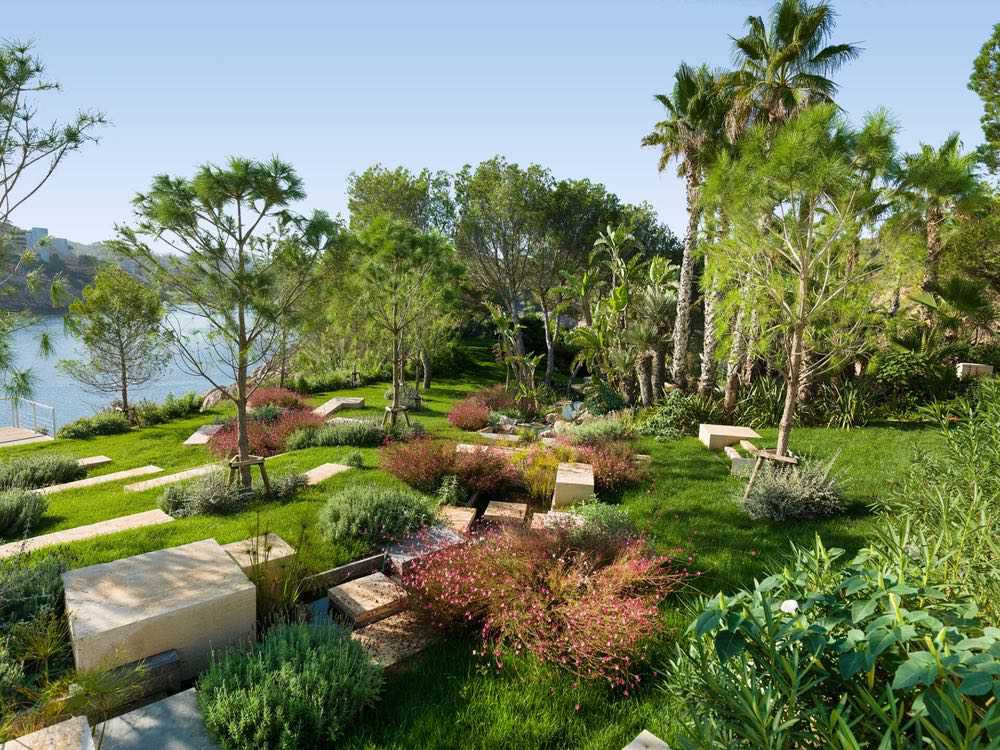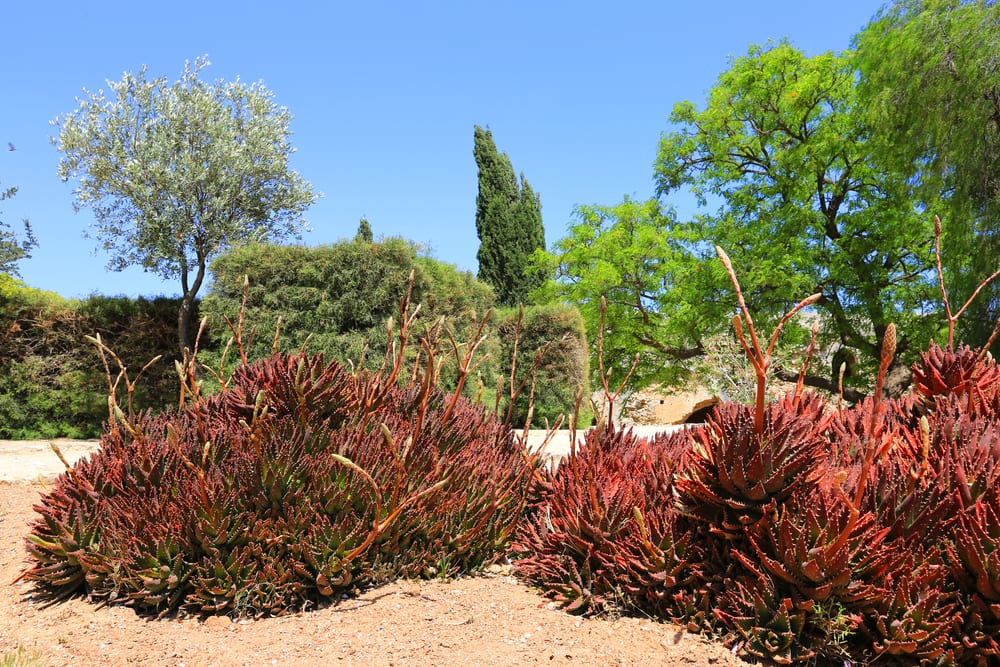How to design a garden that’s perfectly integrated with your Ibiza property

Whichever type of environment you’re in – the balance between landscape, materials and vegetation is essential for harmony of both your garden and inside space.
When starting with your Ibiza garden design, we usually have a very clear picture in mind – but most of the time this image does not reflect the reality of our garden. Being able to adapt the ideal garden that’s in your mind, into our actual specific case can be considerable challenge. A correct landscape integration results in a balance between several elements – house, garden and environment. These elements should enhance each other. Below, we summarise the most important factors for designing a garden that perfectly integrates with it’s surroundings.
Finding the perfect balance between design scales, types of plants and man-made elements requires experience and knowledge. Without it, the concepts might get lost, ending up in a somewhat chaotic result. This is why it is always advisable to consult with experts in gardening; they are should be able to advise you on what actions to take.

Image: Terravita Ibiza
The plan of action should vary greatly, depending on the characteristics of the space – an urban project, for instance, would require a very distinct solution from a more rural, natural garden. For urban spaces it would be better to integrate and adjust “nature” into the existing space. Whilst rural projects should have man-made elements weaved into the natural environment where the flora and fauna predominate.
Whatever the reason, the solution must address the following aspects:
- Aesthetic criteria: consistency within the architecture, the environment and the characteristics of the landscape.
- Landscape criteria: more relevant in more naturalised environments (impact of the action on the environment, views, topography …)
- Environmental criteria: allow the generation of biodiversity within the garden, by extending the natural elements to the interior, we encourage the permeability and connection of the ecosystems.
Topography (the planning of the structure of the space) can be a key tool. It is important when modifying a land, regardless of the scale of the project, to seek the most harmonious continuity within the environment, whether it’s a neighbouring urban space around your city terrace, or the countryside surrounding a rural setting – any sharp modification on the original topography may cause a big unnatural change. So it’s important to carefully consider and weigh the economic, aesthetic, environmental factors, along with profitability, use, and cost of implementation to ensure a good final result.

Construction Techniques are important if you want to achieve a good result. The most suitable, are those that use the same range of materials, finishes and tonalities for the home that exist already in the environment, to obtain a visual consistency.
Plants are also an extremely important factor in landscape integration, as they are the bridge which connects the surroundings and human action on the natural environment. Better opt for local plants as they contribute to create a regular biodiversity.














